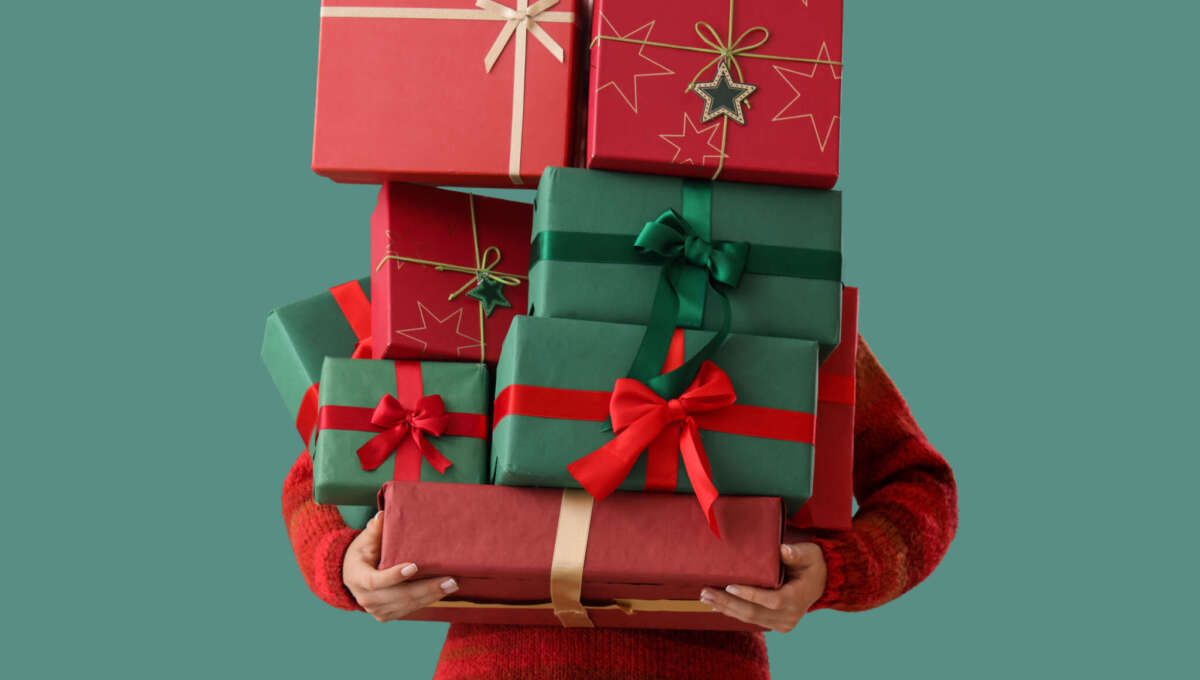Gearing up your eCommerce delivery for success in 2021
Covid, Brexit, Peak – it’s fair to say 2020 was an eventful year with some big lessons learnt.
The first being that you never know what’s around the corner, and as we continue to live with Covid and get to grips with life after Brexit, we’re starting off 2021 looking ahead to a future that’s as unpredictable as ever.
2020 was massive for eCommerce. As consumers were forced to step away from the high street for the first time, eCommerce reigned supreme with consumers shopping online more than ever before.
In fact, in the UK 30% of all retail sales were online, compared to 20% in 2019. So it’s clear that Covid has accelerated eCommerce growth faster than anyone was prepared for. This really tested the resilience of retailer supply chains. Retailers and carriers were left with a bottleneck of delays, struggling to deliver orders to customers and fulfil demand.
And now we’ve entered Lockdown 3.0, and we’ve finally left the EU too, who knows what this year will bring.
The retailers that will not just survive, but really thrive this year, will be those that have taken heed of what they’ve learnt from 2020 and built the necessary contingency and agility into their delivery operation to adapt to ongoing change.
So, what can we learn from 2020 and how can you continue to deliver a consistent customer delivery experience no matter what?

1. Switch to a single multi-carrier partner
At the beginning of lockdown, carriers were overwhelmed, running over-capacity most days, and if this happens, it means they can stop collections and refuse parcels. At Christmas, carriers were operating at 90%+ capacity on most days, even 100% at times. This is not uncommon, and we see this often during peak sales periods. On the other hand, we’ve even seen major carriers go into administration at crucial times of the year.
If your carriers come up against any problems, your parcels can’t go anywhere, which just creates a traffic jam of customer orders and a cycle of delays. A single multi-carrier partner can help you easily switch carrier services if you need to, without any new contracts or integration work, so you know you always have a plan B.
It’s also the easiest way to give customers the choice and convenience they seek. 45% of customers will abandon their cart if there is a lack of delivery options. Using a multi-carrier partner gives you instant access to a wide range of options, such as next day, nominated day or click and collect, all in one place so customers can choose convenience every time.
2. Streamline processes with a single multi-carrier technology platform
It’s important to protect your business from the inside out by streamlining internal systems and processes to maximise efficiencies and productivity. Just as you can consolidate your carrier services with a single multi-carrier partner, you can do the same with your despatch software.
Multi-carrier software gives you control and visibility of all parcels across all carriers to all destinations, so you can label, ship, track and trace orders all with a single integration and process.
Not only can give yourself in-the-moment flexibility and switch carrier services quickly and easily, but you can future-proof delivery and add new carrier services without any heavy integration work or additional costs. So, no matter what happens, you can adapt delivery at any time to meet the needs of your customers, operational capacity, delivery performance, budget – and avert a potential crisis too.

3. Prepare for the Brexit effect
While the UK has now left the EU and the beginnings of a trade agreement have been announced, we still have a long way to go. eCommerce businesses have to be prepared for continued change and disruption to cross-border trade, and in particular, shipments to/from the EU.
We’ve seen this already this year, with some carriers temporarily suspending some services to the EU due to delays at our ports and borders.
If you have a large customer-base in the EU, or have plans to expand to Europe, check you have all the required information and documentation. Shipping to the EU now requires a Customs Declaration plus evidence of the country of origin, as well as an EORI number. You may also wish to open a Duty Deferment account so you parcels can pass through customs quickly and smoothly.
Additionally, moving part of your fulfilment operation to the EU could help you avoid the cost and complexity of border controls and customs documentation altogether. This means your suppliers can deliver to your EU warehouse or fulfilment centre, and you can deliver from this location directly to your EU customers for faster shipping and a more seamless delivery experience. This will reduce the risk of delays and costs, as well as provide a base to continue growing your business in EU countries.
An expert global delivery partner will keep you updated with Brexit developments as they happen and proactively support you in implementing process changes in advance, so you’re always prepared to continue servicing your EU customers with minimal disruption.
4. Improve Returns Efficiency
As lockdown boosted home delivery, this inevitably also led to an increase in returns.
But returns have a direct impact on the bottom line – in fact they cost UK retailers a whopping £60bn a year! (ZigZag, 2020)
With 89% of consumers checking the returns policy before making a purchase (UPS – “Pulse of the Online Shopper), retailers can’t afford to leave returns to chance. But retailers will need to manage the customer experience with operational cost – and this all comes down to efficiency.
A paperless returns portal (like GFS Global Returns Pro) can help you give customers the choice of returns options they’re looking for to clinch the sale. Electronic returns also offer better visibility of what’s being returned and why, so returns can be processed faster and goods can be returned to stock faster to help recover costs more quickly.

Make 2021 your year!
eCommerce is booming and as we enter another national lockdown, we’re expecting to see volumes soar again.
So while there’s plenty of demand, the challenge will be in ensuring your delivery operation is robust enough to fulfil this demand, from checkout to doorstep and back again, so you can secure every sale and give customers the confidence you’ll deliver every time they order again.
While customers were understanding of the longer transit times in lockdown 1.0, almost a year on consumer patience is wearing thin and the retailers that come out on top will be those that have taken the opportunity to build contingency into their supply chains.
GFS is here to offer you support and contingency whenever you need it. As one of the biggest buyers of carriage in the UK, we can offer instant access to 1000+ different global carrier services, plus our scale and influence means we find solutions fast. Whether this be escalating parcel exceptions, finding extra vehicle capacity or switching carrier services entirely – we can help you run business as usual, day after day, no matter what.
Click here to see how we could help you build your contingency plan in 2021.
Join us for our latest webinar with Tamebay: Gearing up your eCommerce Delivery for success in 2021
We’re coming out of our bunkers to see how eCommerce delivery survived the tsunami of Peak, Brexit and COVID – and to ask ourselves, what on earth happened and, most importantly, how do you gear up your eCommerce delivery for success in 2021?
Find out by registering for our webinar at 11am on Wednesday 27th January 2021!











